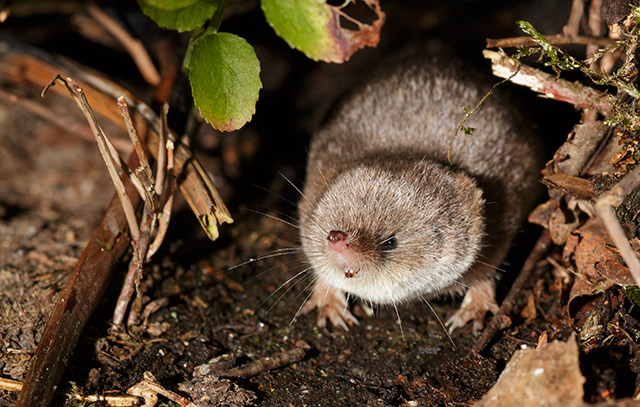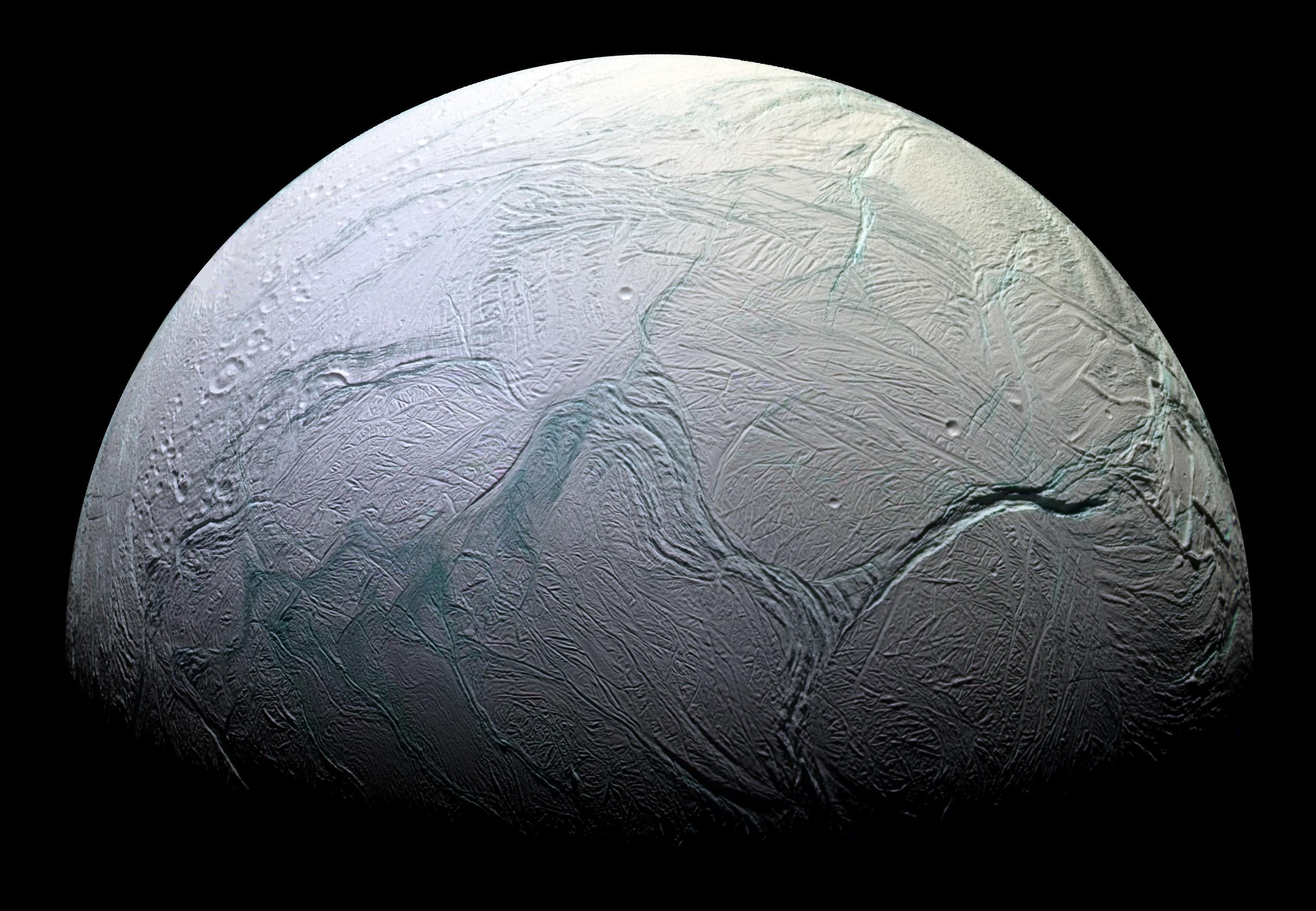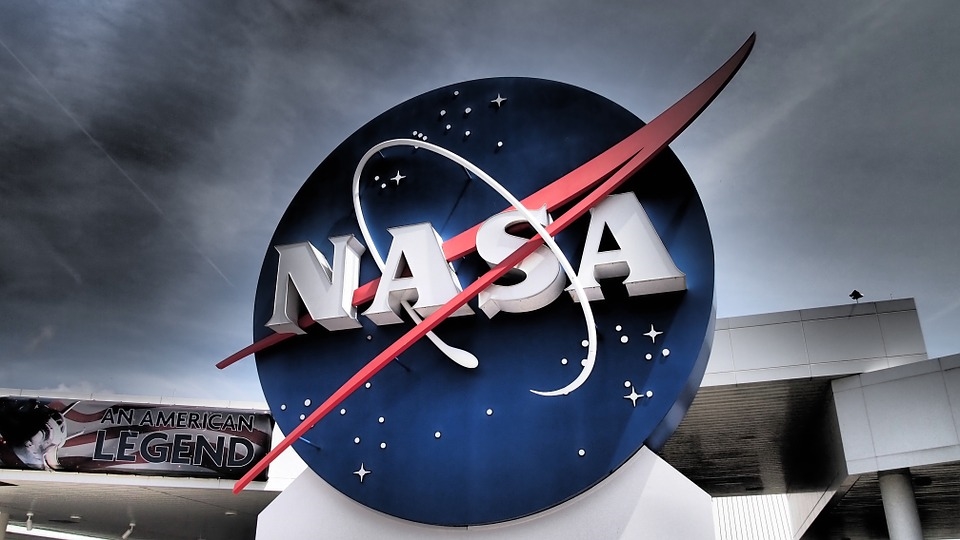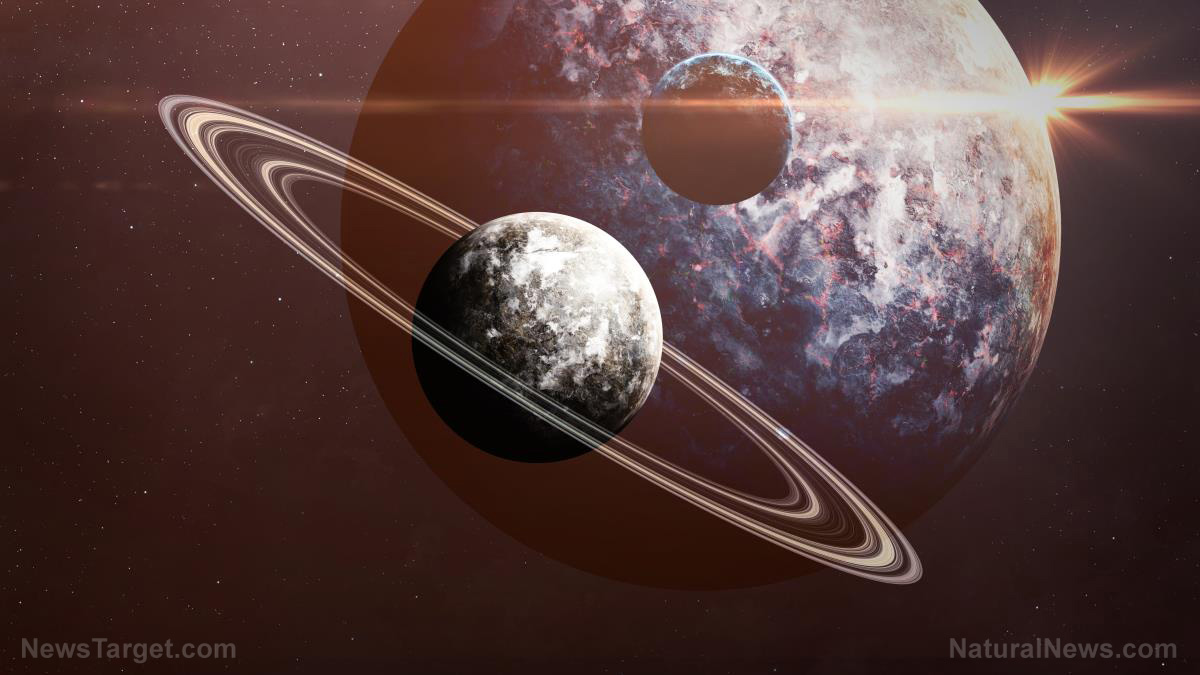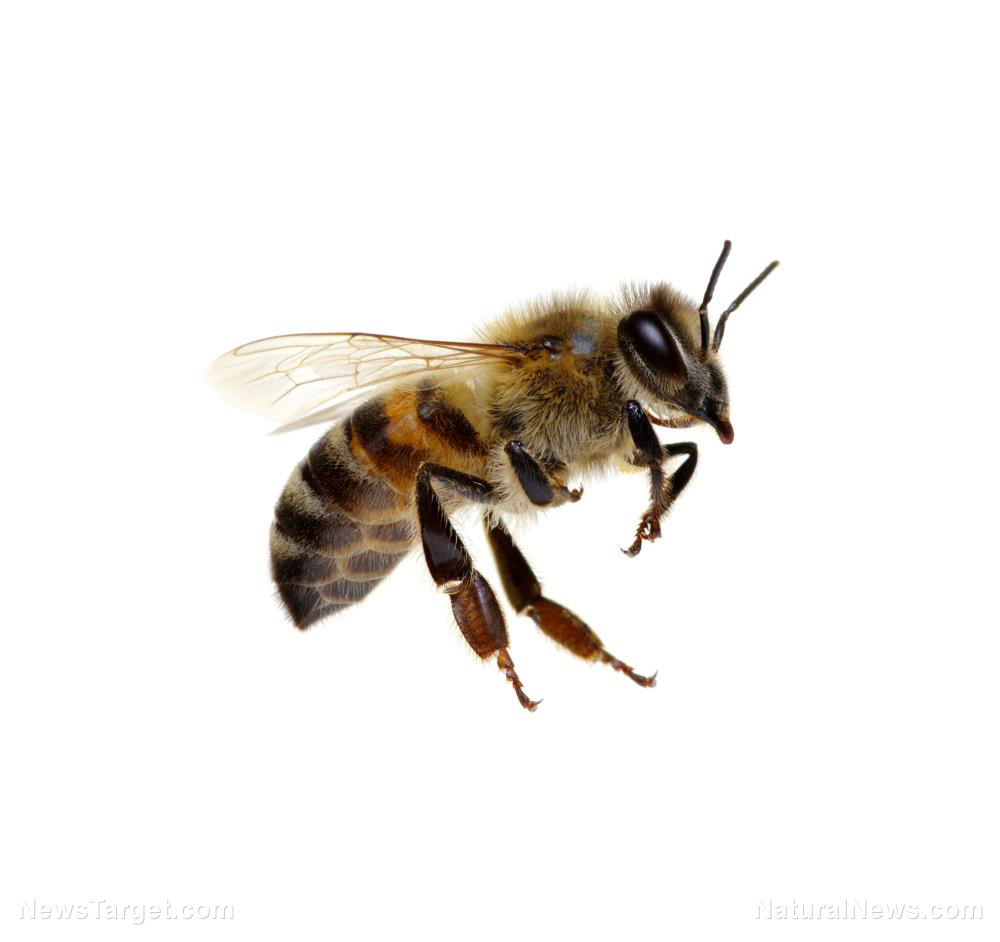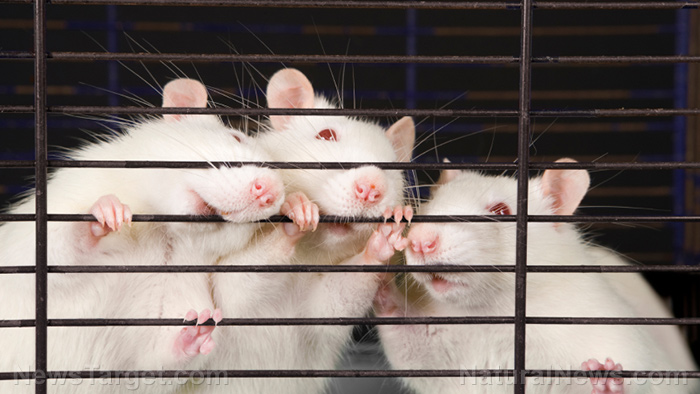Dust in the wind might have brought us life: Research suggests life on our planet may have begun with tiny organisms brought here by space dust
10/03/2018 / By Ethan Huff

Did human beings and other forms of life originate from tiny dust particles that randomly flew to earth from somewhere out in the blackness of space? Researchers from the University of Edinburgh spent a good deal of money coming to this conclusion, anyway, presenting their argument in a new paper published in the journal Astrobiology.
It explains how a team of scientists has surmised that all life on planet earth is actually the result of mysterious biological particles that flew so fast into the earth’s atmosphere from wherever that they were able to breach it and came plunging down to the ground. From there, these biological particles somehow transformed into human life over an indefinite period of time – and that’s how it all happened, they claim.
This strange theory is said to work in the other direction as well. Not only did life apparently travel to the earth from the vast emptiness of space, according to this research, but it may also be traveling from our tempestuous little abode to other planets or even galaxies, possibly on large asteroids that function as vehicles through which unusual life forms find new homes.
After calculating the speed of space dust, which can apparently move as fast as 70 kilometers (about 44 miles) per second, the team hypothesized that enough force is present for it penetrate the atmospheric barrier. Some of this dust is likely carrying with it what are known as tardigrades, which are tiny organisms that the research team says are capable of surviving in the oxygen-less voids of space.
“The proposition that space dust collisions could propel organisms over enormous distances between planets raises some exciting prospects of how life and the atmospheres of planets originated,” says Professor Arjun Berera from the University of Edinburgh’s School of Physics and Astronomy and lead author of the study.
“The streaming of fast space dust is found throughout planetary systems and could be a common factor in proliferating life.”
Scientists claim they’ve already found plant life on meteorites that resembles cannabis THC
Berera could be borrowing his theory from an unusual story that circulated the news back in 2010. Researchers from the University of Hawaii claim they identified trace levels of a complex plant compound in a meteorite that was discovered in the Nevada desert.
This compound is said to have been identical in form to tetrahydrocannabinol, or THC, the substance in cannabis (marijuana) that gets people “high.” How it got there is up for debate, as one of the scientists who discovered the space rock may have just forgotten to wash his hands after rolling a joint. Or, as the scientists who reported on the finding suggested at the time, the THC-like substance could have also come from space dust.
“If chemical substances, that change brain functions and result in alterations in perception, mood, or consciousness in humans, find their origin in outer space, what role then has cometary impacts played on the human species?” researcher James Hun asked. “Or on life on the planet as whole?”
Both instances form what’s known as the theory of “panspermia,” which basically suggests that all life exists as a result of microorganisms that somehow found a piece of rock or dust to latch onto before making their way to some planetary home. Soft panspermia is similar, except that instead of microorganisms it purports that the so-called “building blocks” of life are what traveled the great unknown before eventually running into planets and sparking greater life forms like animals and humans.
“Our discovery supports the theory that some of life’s ingredients formed in space and were delivered to Earth long ago by meteorite and comet impacts,” claims NASA researcher Jamie Elsila, a believer in such concepts.
Sources for this article include:
Tagged Under: Alien, discoveries, Earth, life, meteors, microorganisms, Planet, space dust


